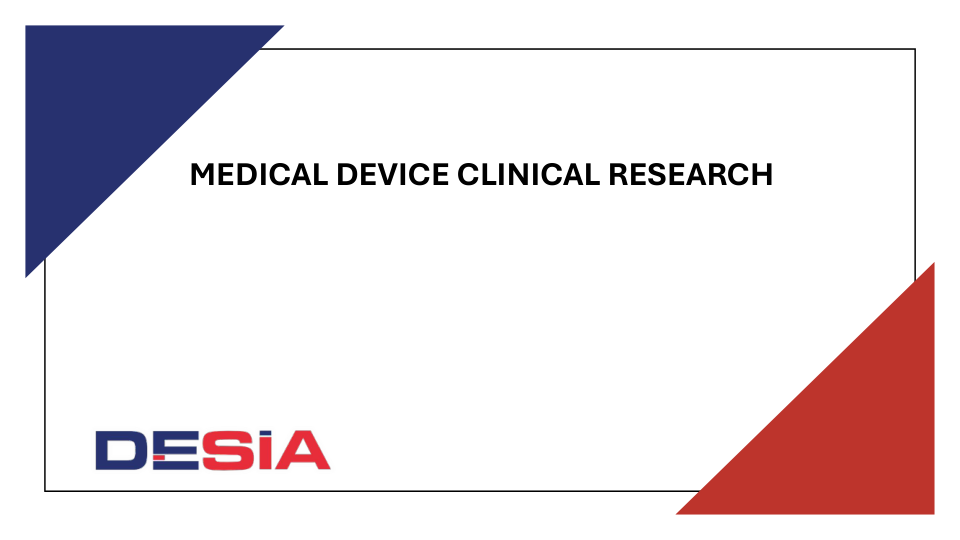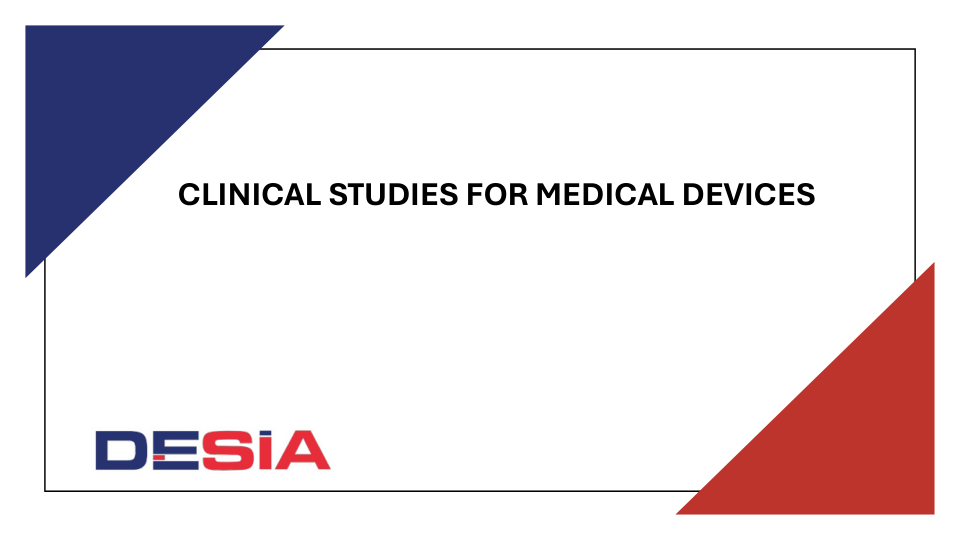Following the medical device configuration and after compositional profiling, the process of material/chemical equivalence can be started.
How can we establish material/chemical equivalence for certain medical device?
- The information compiled in “Medical device configuration and material composition” (for more details about “Medical device configuration” Check this link) shall be applied to compare the proposed material of the medical device under evaluation to clinically established material of another device for the same type of clinical exposure (EN ISO 10993-18:2020 Annex C). Particularly, the information is used to detect whether the medical device under evaluation is equivalent, in configuration, composition, manufacturing, processing and intended use, to a clinically established medical device.
- As indicated in EN ISO 10993-18:2020, Biological evaluation of medical devices — Part 18: “Chemical characterization of medical device materials within a risk management process” biological equivalence comprises material equivalence and endpoint equivalence. Material equivalence can be established by demonstrating chemical and physical equivalence. Chemical equivalence refers to the similarity in chemical properties between two materials or medical devices, ensuring that their composition and processing do not introduce new or different toxicological concerns. Physical equivalence, on the other hand, pertains to the similarity in physical properties, such as configuration, morphology, topography (as per ISO/TS 10993-19), and tribology, ensuring no new or different biocompatibility concerns arise. Material equivalence can be determined based on material composition or extractable profile data compared to a clinically established material, provided the analytical methods used are justified. Endpoint equivalence, or contact equivalence, refers to the similarity in the intended clinical use of two materials or medical devices, leading to identical endpoints for biological evaluation as identified in Table A.1 of ISO 10993-1:2020.
- To consider, chemical equivalence cannot be claimed without performing appropriate tests that show the compositional profiling of the device under evaluation and thus display the toxicological concerns related to the device, are the same with the device that the equivalence is aimed to be established. Additionally, it is important to point out that in case chemical equivalence is established, then biological endpoints testing including; irritation, systemic toxicity (i.e. acute, subacute, subchronic or chronic), genotoxicity, carcinogenicity, reproductive toxicity, developmental toxicity, and material mediated pyrogenicity can be avoided.
- In case the equivalent clinically established medical device can be identified and justified for the device under evaluation, then the chemical characterization process shall be considered completed. On the other hand, when a clinically established equivalent medical device cannot be justified, then other elements including additional chemical characterization of a biological evaluation in accordance with EN ISO 10993-1:2020 should be considered.




